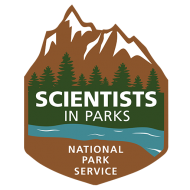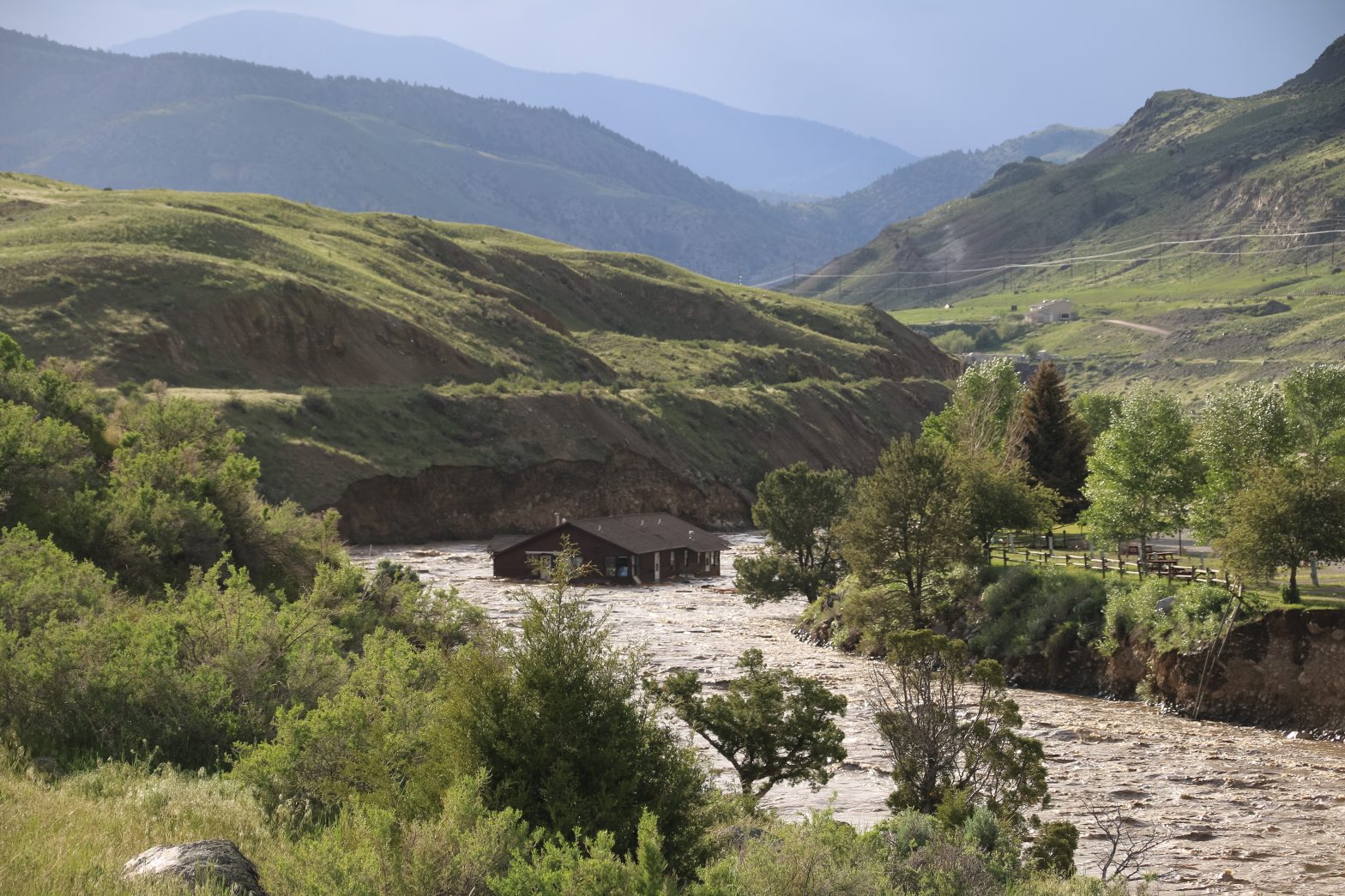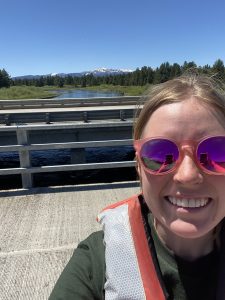
Hi everyone! I’m Ally, a master’s student studying stream ecology at Utah State University. My thesis research focuses on greenhouse gas emissions from natural rivers and human-constructed canals. I am interested broadly in the environmental factors influencing water quality, and how water quality is being affected by humans and climate change. In my free time, I love exploring the outdoors through trail running, so I’m very excited to spend the summer in Bozeman, Montana in the office of the Greater Yellowstone Inventory and Monitoring Network (GRYN). For my SIP project, I will be analyzing long-term water quality data collected from the Greater Yellowstone Ecosystem.
The Inventory and Monitoring (I&M) Division of the National Parks Service was created to collect and analyze data on important natural resources in the parks. These resources vary by location, and most I&M networks choose to monitor resources that hold high ecological or cultural value. These resources can be thought of as the parks’ “vital signs.” Much like how a doctor monitors heart rate, blood pressure, and temperature to gauge the health of a patient, I&M networks monitor a collection of natural resources to understand the health of an ecosystem. They then report these trends to park managers to guide them in making conservation decisions. There are currently 32 I&M networks, each focusing on a group of parks with similar ecosystems. The GRYN encompasses Yellowstone National Park, Grand Tetons National Park, the John D. Rockefeller Memorial Parkway, and Bighorn Canyon National Recreation Area.
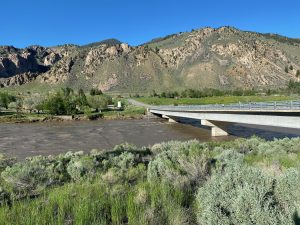
While the GRYN monitors many resources, like white bark pine trees and amphibian populations, I will be focusing on water quality and quantity this summer. Specifically, I will be analyzing data collected from the Yellowstone River at Corwin Springs, about 10 miles north of the park. The United States Geological Survey (USGS) has been monitoring stream flow at this location since 1889. In fact, this site is home to one of the first federal stream gages in the country, illustrating its importance as both an ecological and cultural resource. The GRYN has been monitoring water quality at the site since the early 2000’s, collecting data such as metal concentrations, suspended sediment levels, and amounts of nutrients like phosphorus and nitrogen.
The goal of my project is to analyze this water quality data and look for trends that may need to be addressed. Most of my work will be in the office, learning about new ways to model and visualize the data, but I will also be able to participate in field work to better understand the collection process of the data I am analyzing.
Since the GRYN monitors many rivers in different national parks, my supervisors and I had a conversation to decide which site I would focus on this summer. This conversation took place during the second week of my internship, on June 13, 2022. It happened to be the day of the historic flooding of the Yellowstone River. The river reached its highest flow on record and caused major damage. The flooding caused houses to wash down stream, roads to crumble, and Yellowstone National Park to shut down completely. The event was catastrophic and made my decision about which river to study much easier.
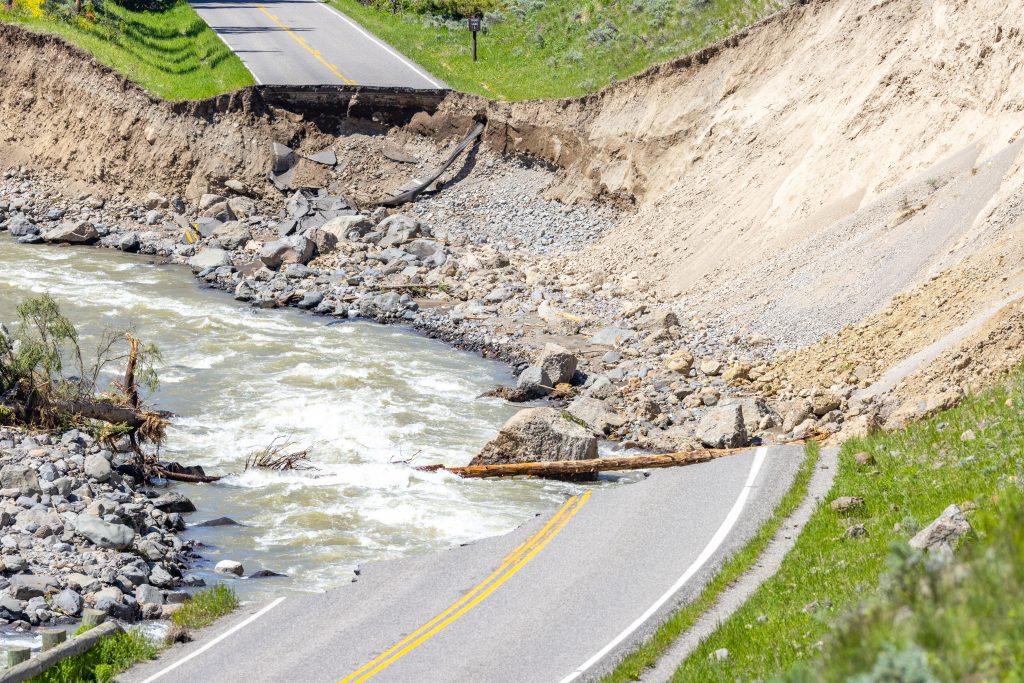
A few days after the event, I had the opportunity to help the GRYN team collect water quality samples from the river while the flow was still high. It was surreal to see the flood damage with my own eyes. There was debris everywhere, piled high along fences and near groves of trees. We passed by a road that stopped abruptly at the river’s edge. The steel bridge that used to connect it to the other side had been washed away by the rushing water. I saw a canoe wrapped around a tree about 5 feet above the water, indicating just how high the river had been just a few days prior. The damage was substantial, but I felt lucky to be collecting data points that will be crucial in determining the effects of the flooding on water quality in the river.
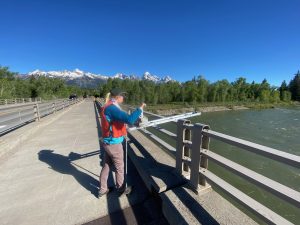
It is a unique time to be working with the GRYN. With park and road closures, a lot of the GRYN’s routine monitoring has been delayed or cancelled. For example, there is a water quality site on the Lamar River in Yellowstone that has not been sampled yet due to inaccessibility. The GRYN staff have been working hard to ensure that monitoring continues this summer, even in these unprecedented conditions. Throughout the first few weeks of my internship, I have been lucky enough to join the GRYN team collecting samples from the Yellowstone and Madison Rivers in Yellowstone National Park and the Snake River in Grand Teton National Park. Over the next few weeks, I am excited to dig deeper into the data and to explore more of the beautiful Greater Yellowstone Ecosystem.
